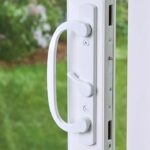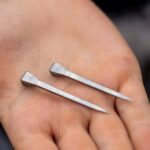As people, it’s understandable we’re all unique. Though we’re all different and special in our own ways this shouldn’t be a reason for misunderstandings and instead it ought to be appreciated as it’s exactly what makes the world richer and more interesting.
For instance, even in something as basic as maintaining personal hygiene there are those who enjoy soaking in baths whereas others prefer refreshing with showers. Considering the latter specifically, there’s a difference in shower habits too because some like to keep them short with colder water while others love to linger making plans in the cubicle with hot water.
Going further in detail, additional differences arise in the choice of cubicles down to the smallest and most basic of aspects, such as the tapware as well as the shower floor grate. The grate might not be on top of the list of people’s bathroom design priorities though given its essential role it should be.
The floor design is important itself but the grate can add the final stylish touch and since it’s connected to the drain, one of the basic components of any shower, we might as well say it has a dual role as it’s an element of both aesthetics and function.
What are the Options?
In view of the many options you’d come across it’s necessary to start from the function; after all the drain should work properly so take time to think of the plumbing and what’s suitable for your shower specifically, getting advice from professional plumbers.
The Types of Drains
Likewise, give the grate function some thought instead of opting for the looks first and foremost; to be able to prevent hair from getting through, you need the right type of grate to prevent it as in the example of grates with elongated yet narrow receptacle profile like the linear drain, also known as trench drain based on the trench-like design.
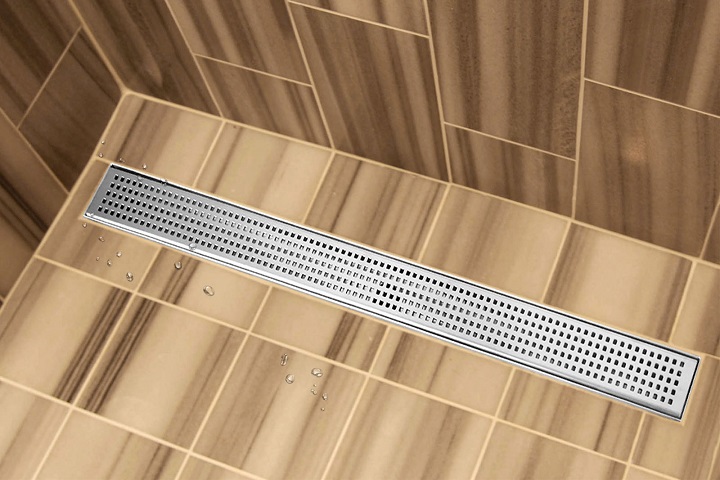
This type of shower floor grate specifically is known for the efficient elimination of shower basin water, i.e. it keeps up with the water flow due to the longer exit port unlike traditional and smaller drains which is what helps lessen the risks of clogging and it goes to show why it’s also the type that continuously grows in popularity.
Further, it’s a type that allows you to place it alongside a wall and make the most of floor space; style-wise you have the chance to use bigger tiles, even those you use for the rest of the bathroom, and as a result get seamless look in the room.
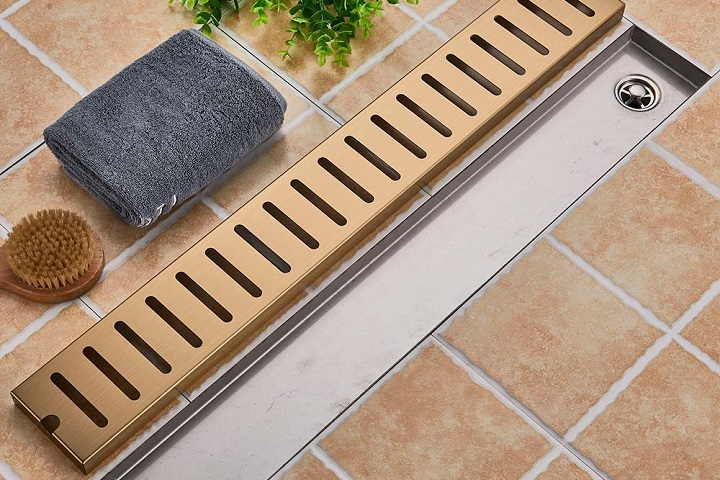
If you’re up for a much more minimalist outcome, the tile-top linear grain is your go-to however have in mind they aren’t that low maintenance as the previous because of the more hair buildup that ends up on them which in turn obstructs the water flow and clogs up.
The much smaller traditional point drains, also called clamping ring and standard drains, fit well in the middle with small showers considering their shape is in the size of a floor tile usually, though you’d have a bit of trouble in the case of big showers in terms of eliminating water plus you require the funnel that you don’t with the linear.
The Features
It’s no surprise the linear types are making success time and time again lately as they happen to be a considerable upgrade from the point ones, not merely functionally but stylistically too since they don’t stick out and turn your shower into a focal point.
This being said, it’s necessary to include the features in your purchase, starting from the material and ending with the finish. If you want to get a matched look, the choice of these two (material and finish) would depend on the kind of tapware you have throughout the bathroom, whereas not minding the rest of the tapware provides you with the opportunity for a more versatile result.
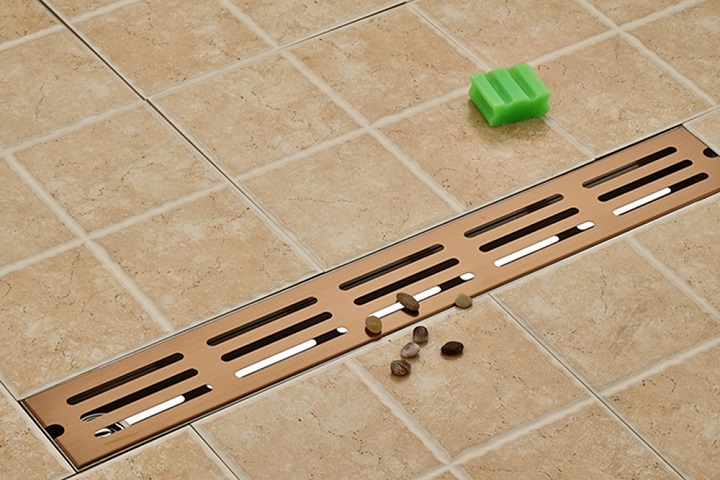
Next up, the patterns. This consideration varies from simple to luxurious, and it all comes down to your preference, choosing from a vast range of options with types in the likes of wavy patterns, straight or square to name some.
The Extras
Your shopping wouldn’t be complete unless you look into additional factors prior to choosing your shower floor grate. This refers to the installation as much as it does to the maintenance and location of the grates so don’t exclude them from your decision.
Looking for the easiest of installation and cleanliness, there’s no doubt you’d opt for the linear, more so as you can place it anywhere in the shower, and even get to shorten its size depending on the model you buy. Safety-wise, it’s the type that also stand out from the traditional because they’re flat against the floor so you won’t have to fret about having a barrier.
Most importantly, to round up your choice ask yourself what your design goals are, what would make you happy that the grate can provide you with. Last but not least, consider your budget!

